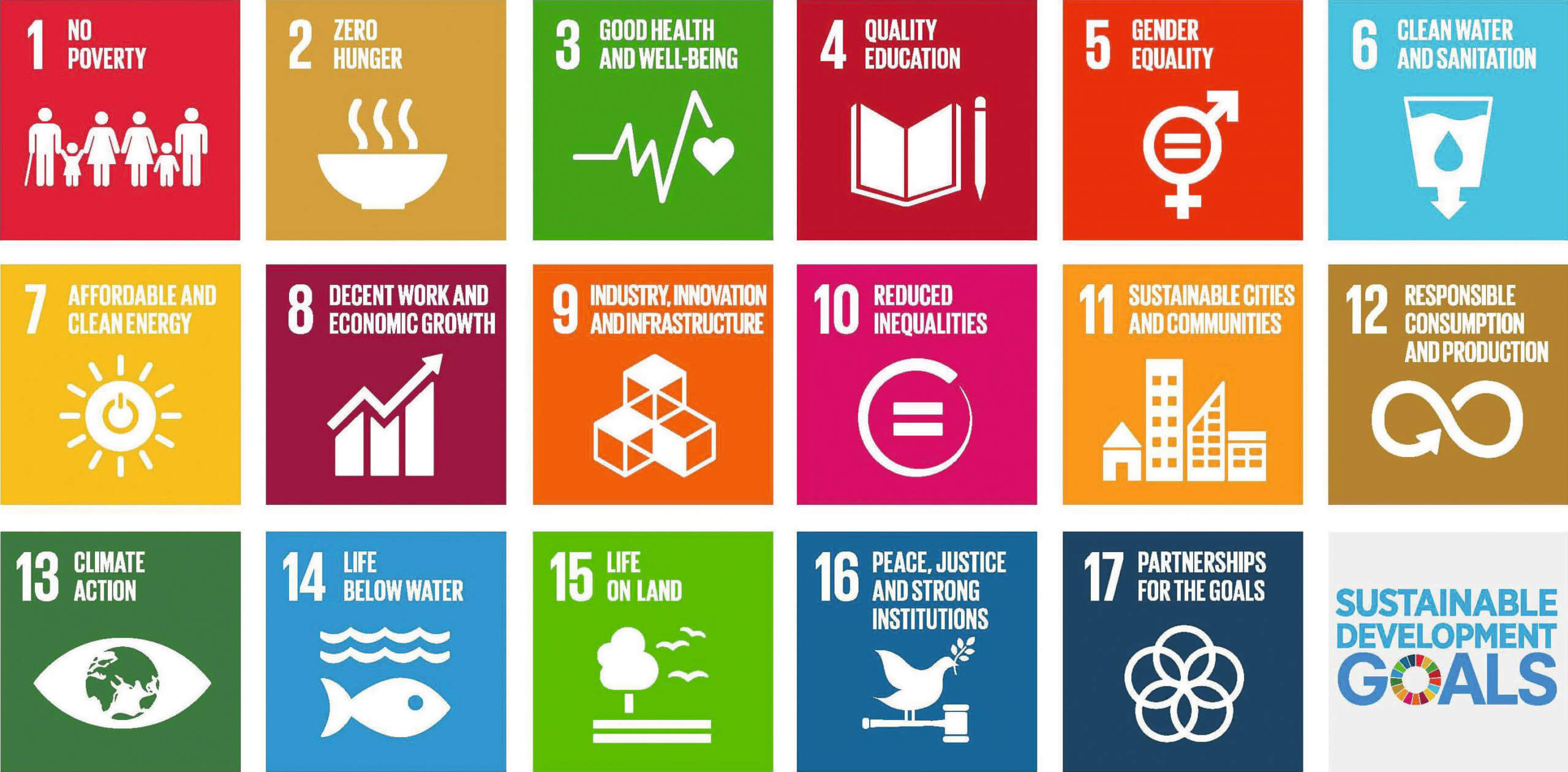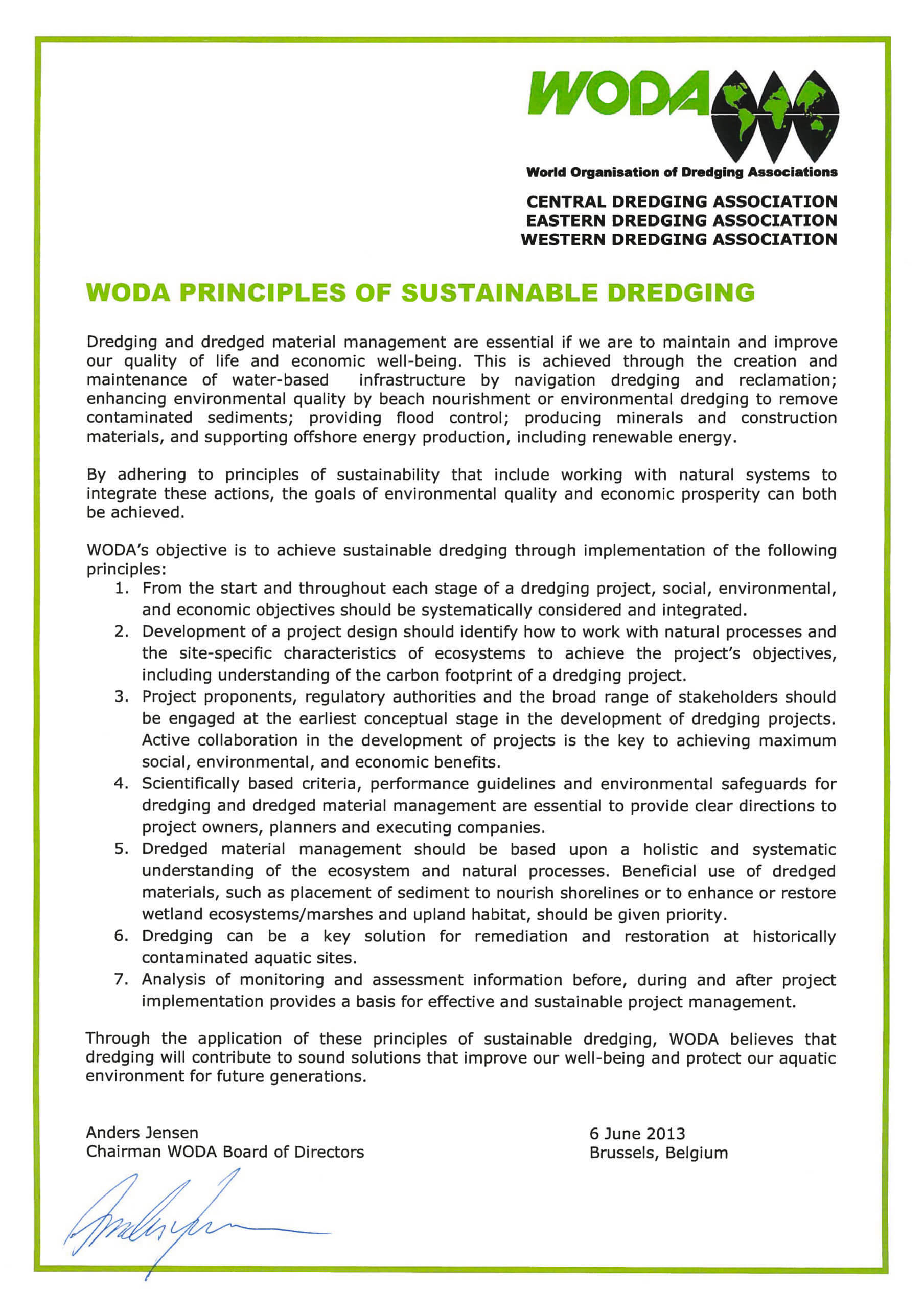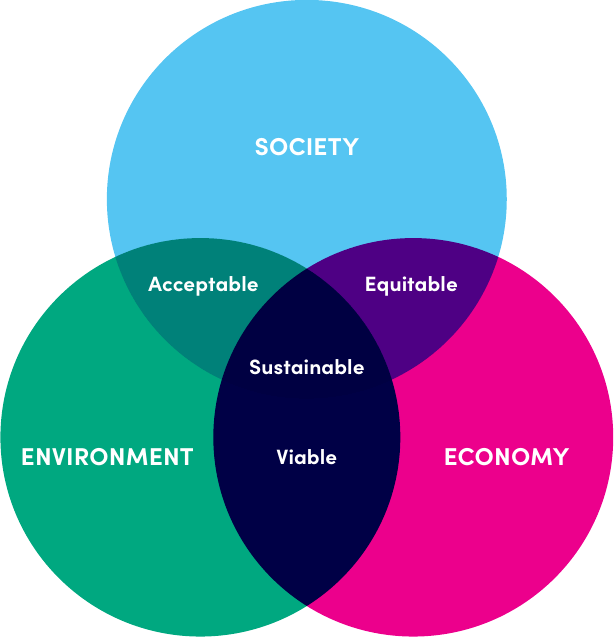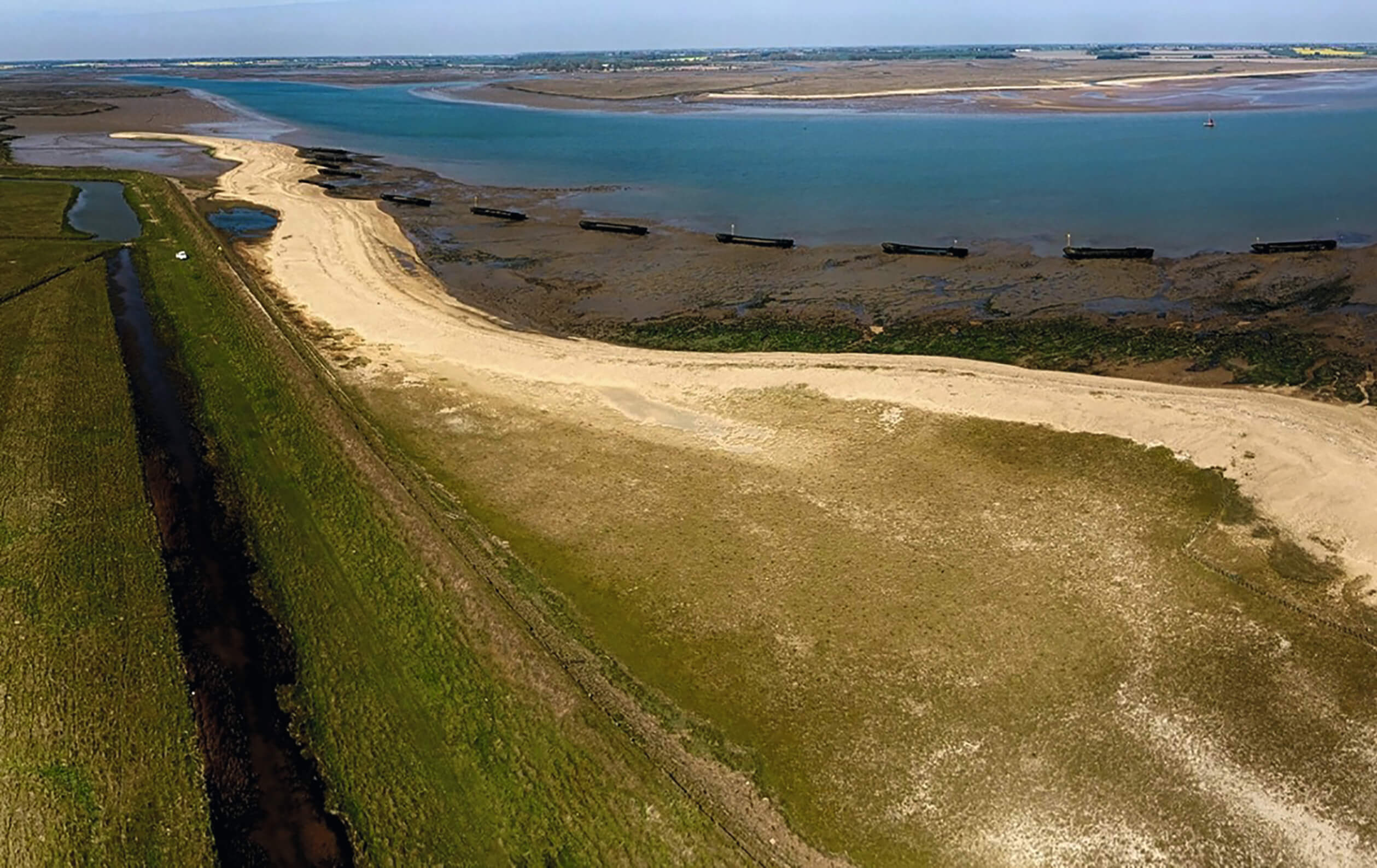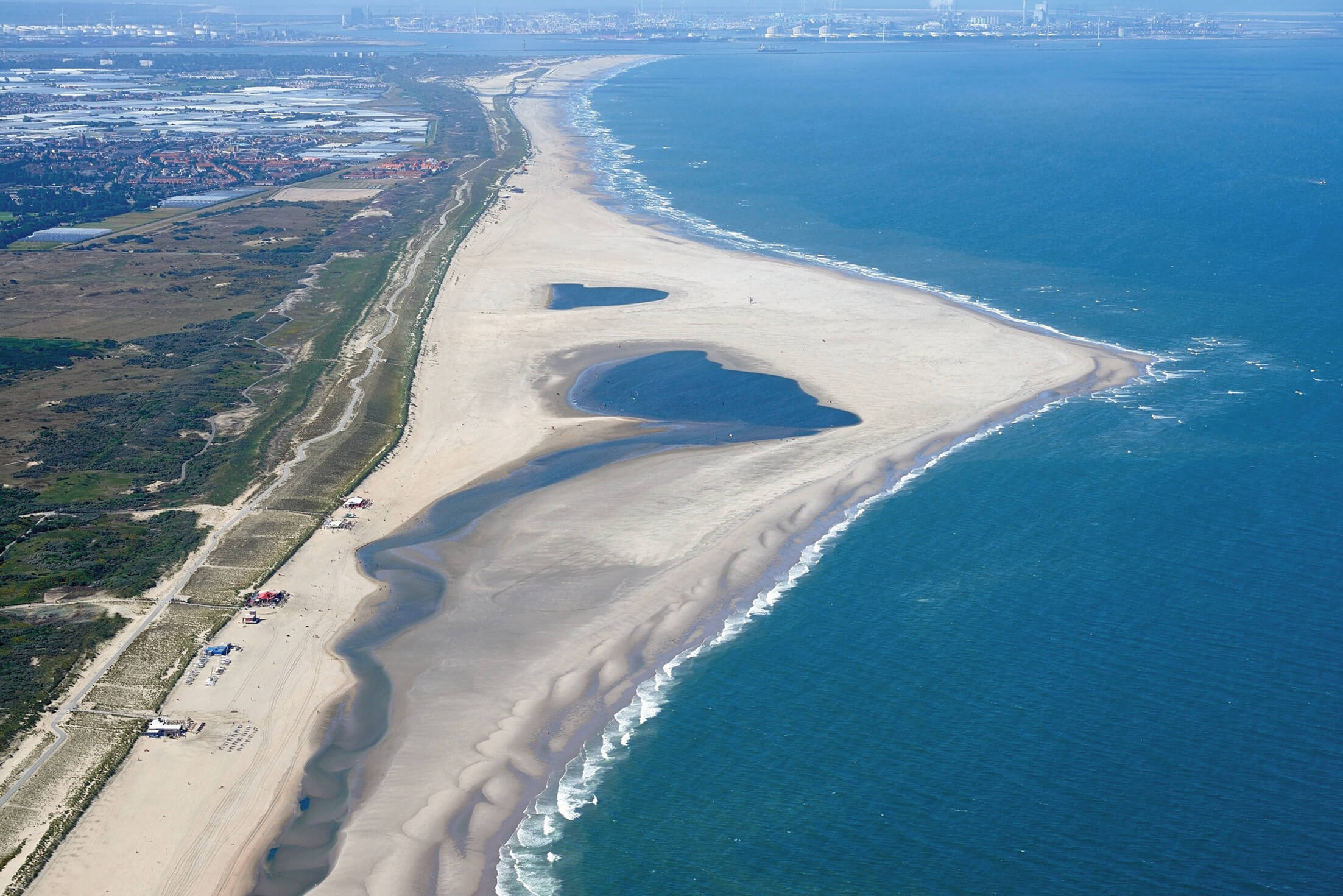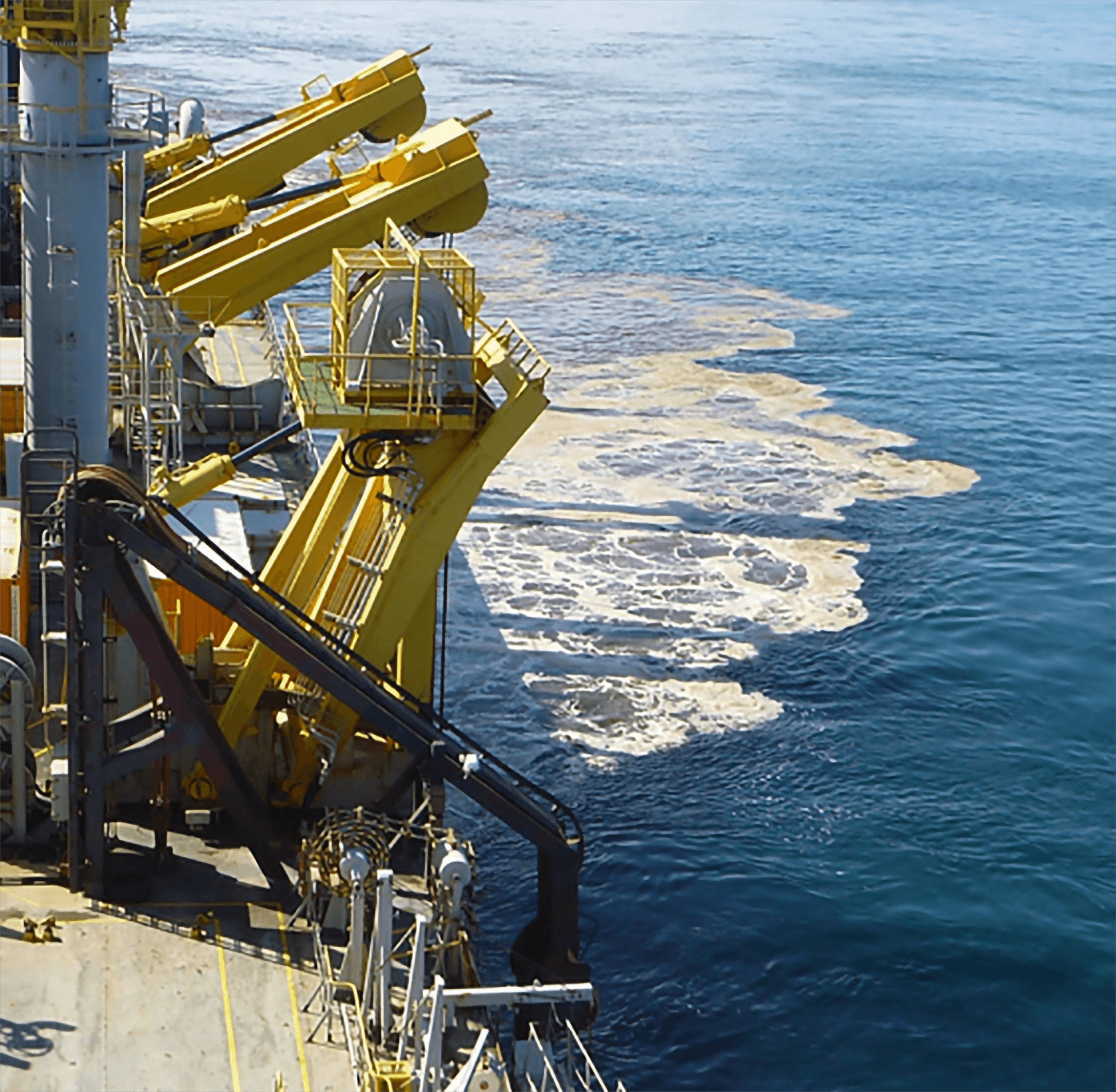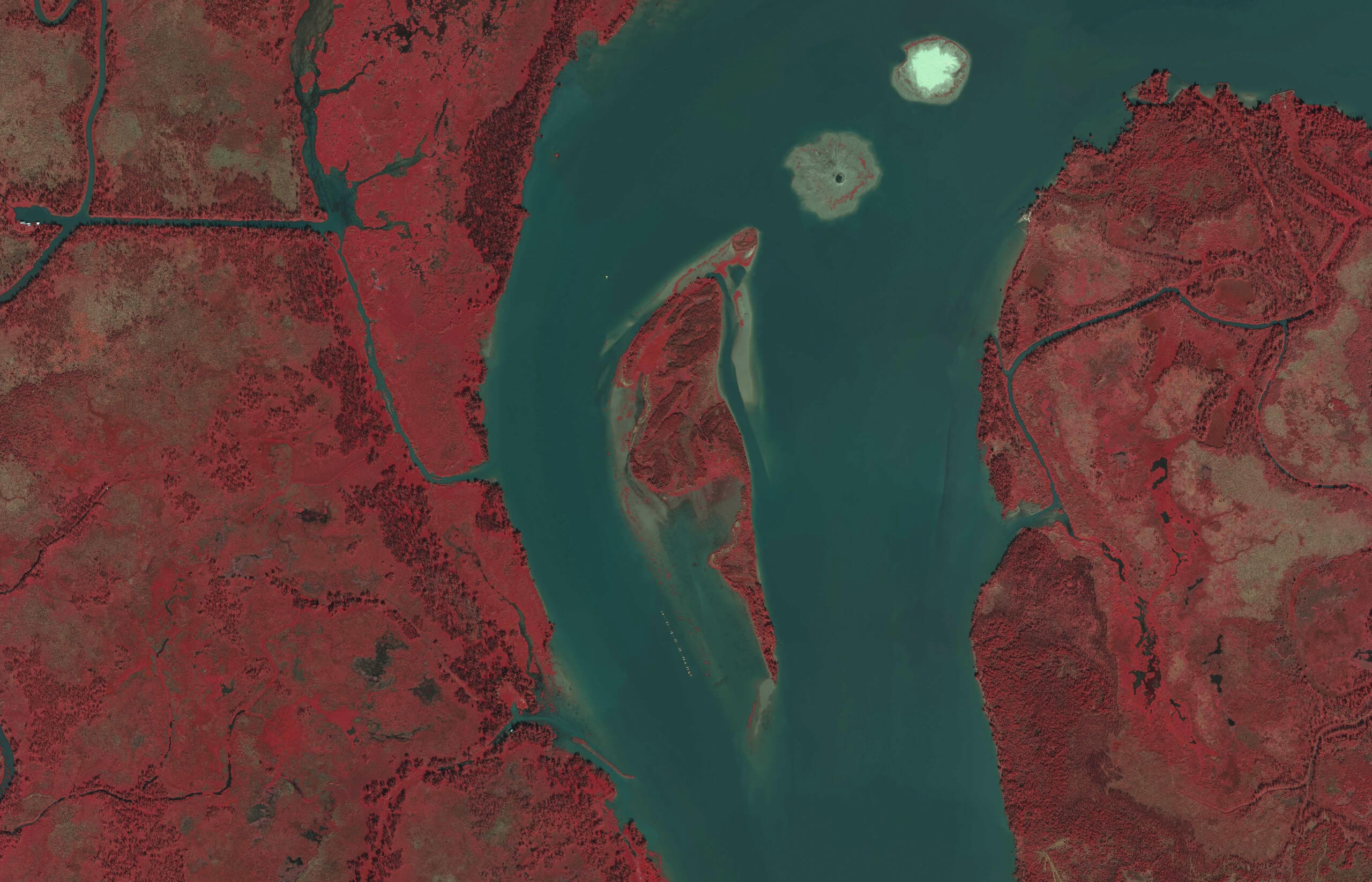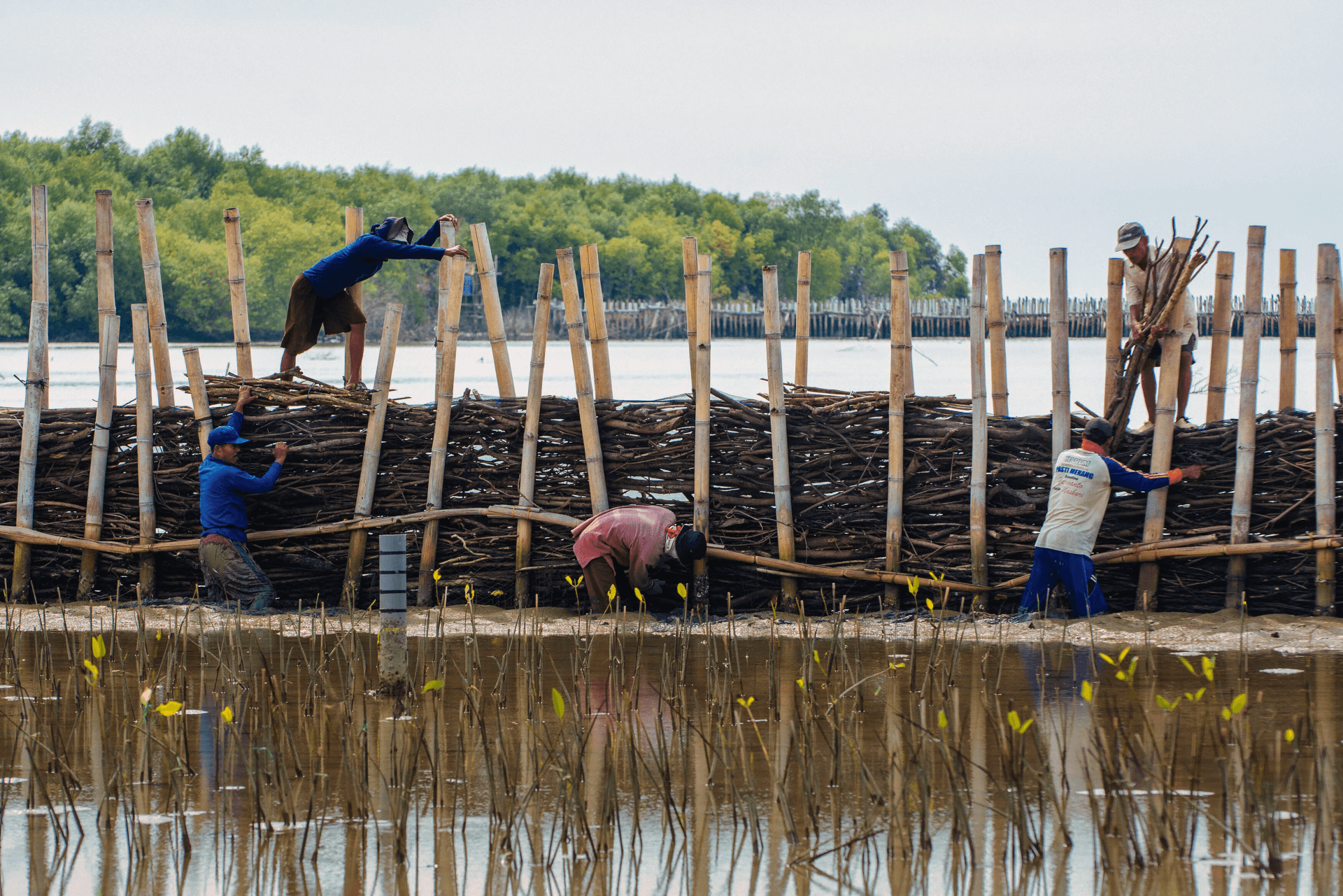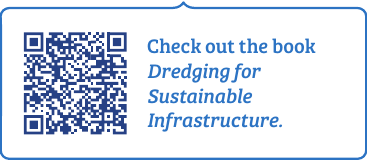The broad context
A dredge is a tool. For hundreds of years this tool has been used to shape and manipulate the interface between land and water in order to support a variety of human activities, including navigation, coastal protection, flood risk management, as well as residential, commercial, agricultural and hydro-power development. The use of dredging to achieve these purposes has always been guided by an understanding of the costs and benefits of applying the tool. However, in the last few decades the understanding of what constitutes costs and benefits has evolved substantially beyond the direct monetary costs of using the tool and the direct monetary benefits of what the tool was used to create.
This evolution was aided by the environmental movement over the past five decades, where the costs (in a broad sense) of applying the tool was expanded to include the negative environmental impacts that can be associated with dredging. Environmental regulations were put in place in an effort to minimise negative impacts on ecosystems caused by dredging activities, and for the last few decades dredging has been at the centre of a conflict, where the water meets the land, between groups supporting development and the environment. However, attitudes and approaches are changing.
The environmental regulations that have been put into place over the last 50 years to eliminate, reduce, or control the impacts of dredging on the environment, have produced a range of outcomes, both positive and negative. It is undoubtedly true that such regulations have helped to reduce negative impacts on the environment, in general. However, it is also true that the amount of environmental benefit produced by these regulations has not been systematically quantified, nor have the environmental, social and economic costs of such regulation been fully assessed (e.g. related to trade-offs and transferring impacts within the system). Today, a paradigm shift is being embraced – a move toward a holistic approach for integrating values for people, planet and profit.
The growing focus on sustainability
The international focus
An increasing amount of attention is being given to the concept of sustainability as an approach to informing social, environmental and economic development. In 2015, the United Nations (2015) published its SDGs, as a part of “The 2030 Agenda for Sustainable Development” (see Figures 1 and 3). These 17 SDGs encompass a very broad range of interests, values, and objectives.
As a means for developing water resources infrastructure, the relationship of dredging to each of the 17 SDGs varies. For example, the use of dredging to construct efficient and productive navigation infrastructure is directly connected to SDGs 2, 6, 7, 8, 9, 10, 11, 14, and 15. As a tool used to provide coastal protection and infrastructure supporting flood risk management, dredging clearly supports SDGs 1, 3, 6, 9, 11, and 13, among others. In the future, one of the opportunities that should be addressed by the dredging and water infrastructure community is to incorporate these goals into the infrastructure development process, while effectively communicating how such projects support the SDGs.




